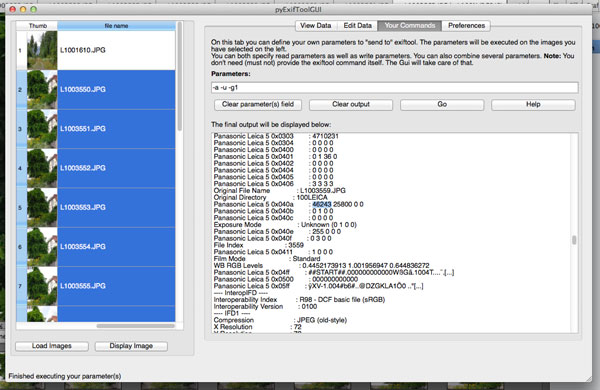
(you could, btw, apply changes before importing to Lightroom, but I have to see the pictures myself, to make sure that they are indeed from the lens I'm thinking of).Ģ) I open up terminal (in your utilities folder, or type in terminal in Spotlight) and a command line terminal interface opens up.ģ) I then cut and past text that I keep in a txt document in my desktop, right into terminal. At this point, of course, you have to actually know which lens you shot with. So, I use the metadata filter, and search for "unknown lens" in my recent imports. Here's one location: ExifTool by Phil Harvey)ġ) I import my photos into Lightroom, and because I switch lenses, not all my pictures are from a legacy lens. Here's my workflow (you have to find and download EXIFtool from the internet. Ugh.Īfter much experimenting, I've found the settings to update lens data to my image files. It's a very, very powerful tool, but as with things very powerful, it's pretty confusing, and to boot, it's a command line interface within terminal.

If someone provides a drop-in solution like there is with exiftool then it will go faster.For Mac users, there's a tool called "exiftool" that can be used to change the exif in image files. Without help this is likely going to take more than a year of low time comittment work.

spin up an extra mdls process to read extended filesystem attributes in the “# exif before” column, then another one with the -c flag to clear them, then another one to populate the “# exif after” column.


 0 kommentar(er)
0 kommentar(er)
